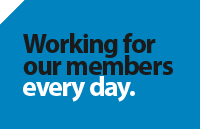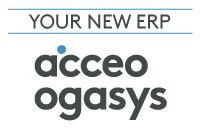
Dialogue Health Technologies Inc., a Canadian wellness provider, has realeased the latest edition of their annual report in partnership with Leger. It revealed that Canadians are feeling a sharp decline in their mental health and well-being under the growing weight of financial pressures and poor work-life balance.
The new report, Dialogue’s 2025 State of workplace well-being, highlights a workforce under pressure. In the past year, a third (30 percent) of Canadian employees experienced a decline in their mental health. Respondents identified worsening financial health (29 percent), continued sleep issues (26 percent), and lack of physical exercise (23 percent) as top contributors to their mental health challenges. This, in turn, fuels anxiety and burnout, making it harder to meet the demands of the workplace.
Regarding workplace benefits, the report shows a significant gap between the well-being benefits offered to Canadian employees to support their mental health and their understanding of what these benefits are and how they can be accessed. While 80 percent of employers offer access to an employee assistance program (EAP), only 16 percent of employees understand these benefits very well.
While the factors affecting employee well-being persist, the findings also reveal that employees are actively looking for ways to tackle these challenges. The report focuses on the positive role employers can play in empowering their employees to improve their physical and mental health, and just how effective accessible solutions are in driving real impact.
“We’ve seen over the years how Canadian workers are increasingly burdened with the demands of both personal and professional expectations. Taking care of your health isn’t just about staying physically healthy but about nurturing your mind, too,” said Dr. Stephanie Moynihan, associate medical director at Dialogue. “Once we’ve acknowledged it, we can start trying to solve it. To tackle this, employers can better provide employees with the right tools at their disposal, which can range from treatment-based solutions, self-serve resources, habit trackers, and wellness activities.”
Employees turn to external professionals or informal support networks like friends and family when facing well-being challenges but rarely think of using their workplace benefits. As a result, 65 percent of employees have never used their EAP benefits for mental health support. Despite this, over 70 percent of HR professionals report that these benefits contribute to increased employee engagement, reduced absenteeism, and improved retention—indicating a clear gap between availability and actual utilization.
Awareness alone contributes greatly to an increase in employee well-being, and employers should communicate the breadth of high-quality care EAPs can offer. Of those using EAPs, an overwhelming number of respondents report satisfaction in support for family and relationship issues (89 percent), managing workload and deadlines (86 percent), women’s health (84 percent), and mental health and substance use (81 percent). As the growing number of Canadian employees in need of well-being support increases, employers have a responsibility to break down the barriers that prevent their employees from using these benefits.




































